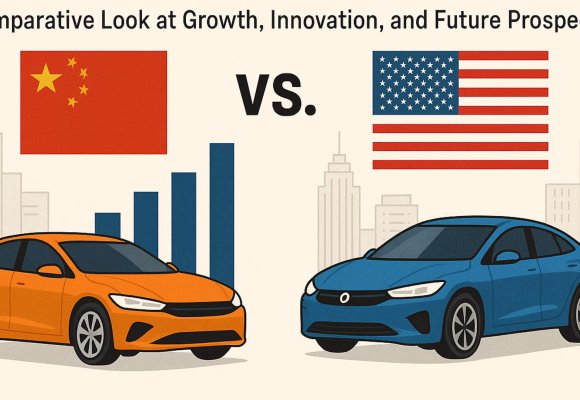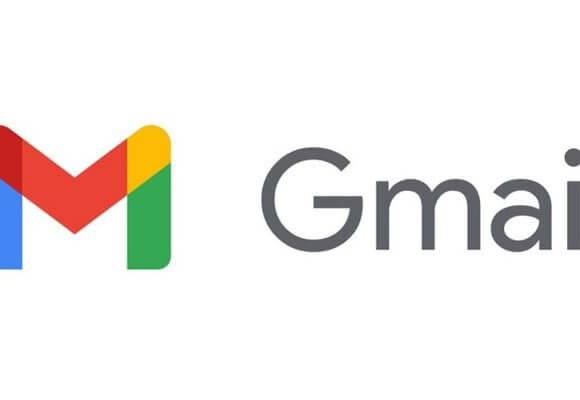|
LISTEN TO THIS THE AFRICANA VOICE ARTICLE NOW
Getting your Trinity Audio player ready...
|
As the world becomes more conscious about climate change and the impact of carbon emissions, there is a growing need for innovative solutions that can help mitigate the effects of global warming. One such solution that has gained traction in recent years is blockchain technology. Initially, blockchain was popularly known for its application in the cryptocurrency space, but it has since found use in a wide range of industries, including the energy and environmental sector. In this article, we’ll explore how used for blockchain for climate friendly projects.
Climate change is an existential threat that requires immediate and innovative solutions to reduce its impact on our planet. One such solution that has gained traction in recent years is blockchain technology.
In simple terms, blockchain technology is a decentralized digital ledger that is used to record and store transactions securely. The technology is based on a network of computers that work together to verify and validate transactions, which are then recorded on a shared digital ledger. The ledger is designed to be tamper-proof, transparent, and secure, making it an ideal solution for a wide range of applications, including those in the energy and environmental sector.
The Use of Blockchain Technology in Renewable Energy
One of the most promising applications of blockchain technology in the environmental sector is in renewable energy. Blockchain technology can be used to create a decentralized energy grid that allows people to buy and sell energy without the need for a middleman. This approach is known as peer-to-peer (P2P) energy trading and is an ideal solution for communities that generate their electricity from renewable energy sources, such as solar or wind power.
P2P energy trading allows individuals to generate their energy and sell any excess power to their neighbors. This approach is not only more sustainable but also helps to reduce energy costs for consumers. Additionally, blockchain technology can be used to track the production of renewable energy and ensure that it is being generated sustainably.
Blockchain Technology in Carbon Credit Trading
Carbon credits are a type of financial instrument that is used to offset carbon emissions. They are typically issued to organizations that have reduced their carbon footprint and can be traded on the carbon market. The carbon market is a way for companies to buy and sell carbon credits, allowing them to offset their emissions and comply with regulations.
Blockchain technology can be used to make the carbon market more efficient and transparent. By using blockchain technology, it is possible to track the creation, transfer, and retirement of carbon credits in real-time. This approach helps to reduce the risk of fraud and ensures that carbon credits are being used to offset emissions correctly.
The Use of Blockchain Technology in Supply Chain Management
Blockchain technology can also be used to improve supply chain management in the environmental sector. For example, it can be used to track the origin of raw materials, ensuring that they are sourced sustainably. Additionally, blockchain technology can be used to track the transportation of goods, reducing the carbon footprint of logistics and ensuring that products are transported using the most efficient routes.
Blockchain technology has immense potential in the energy and environmental sector. Its ability to create a secure, transparent, and decentralized ledger makes it an ideal solution for a wide range of applications, including renewable energy, carbon credit trading, and supply chain management. As more organizations and governments embrace the potential of blockchain technology, we can expect to see more innovative solutions that help to reduce the impact of climate change on our planet.









LEAVE A COMMENT
You must be logged in to post a comment.